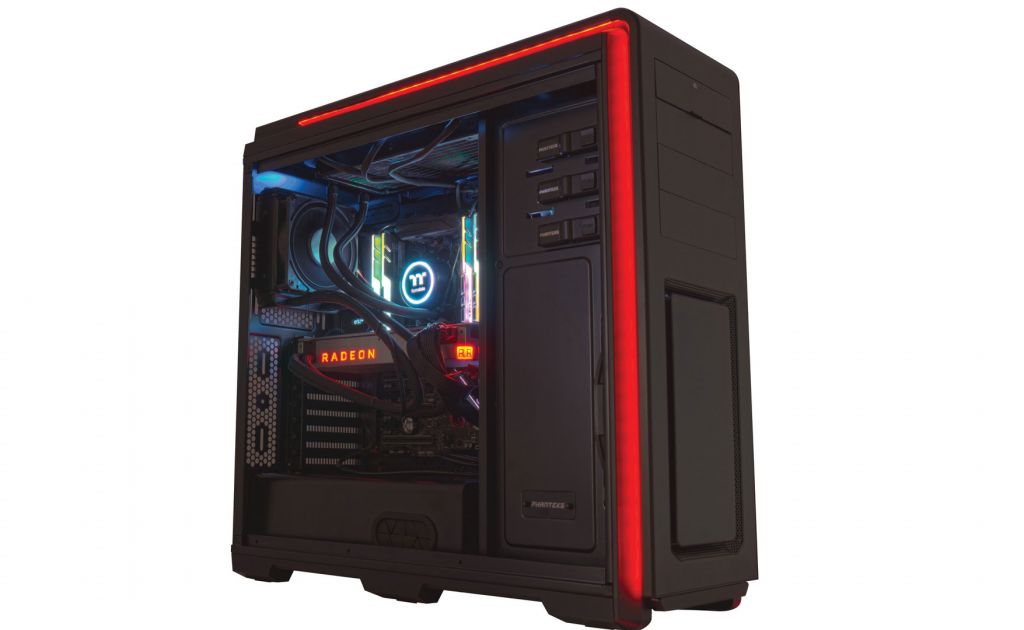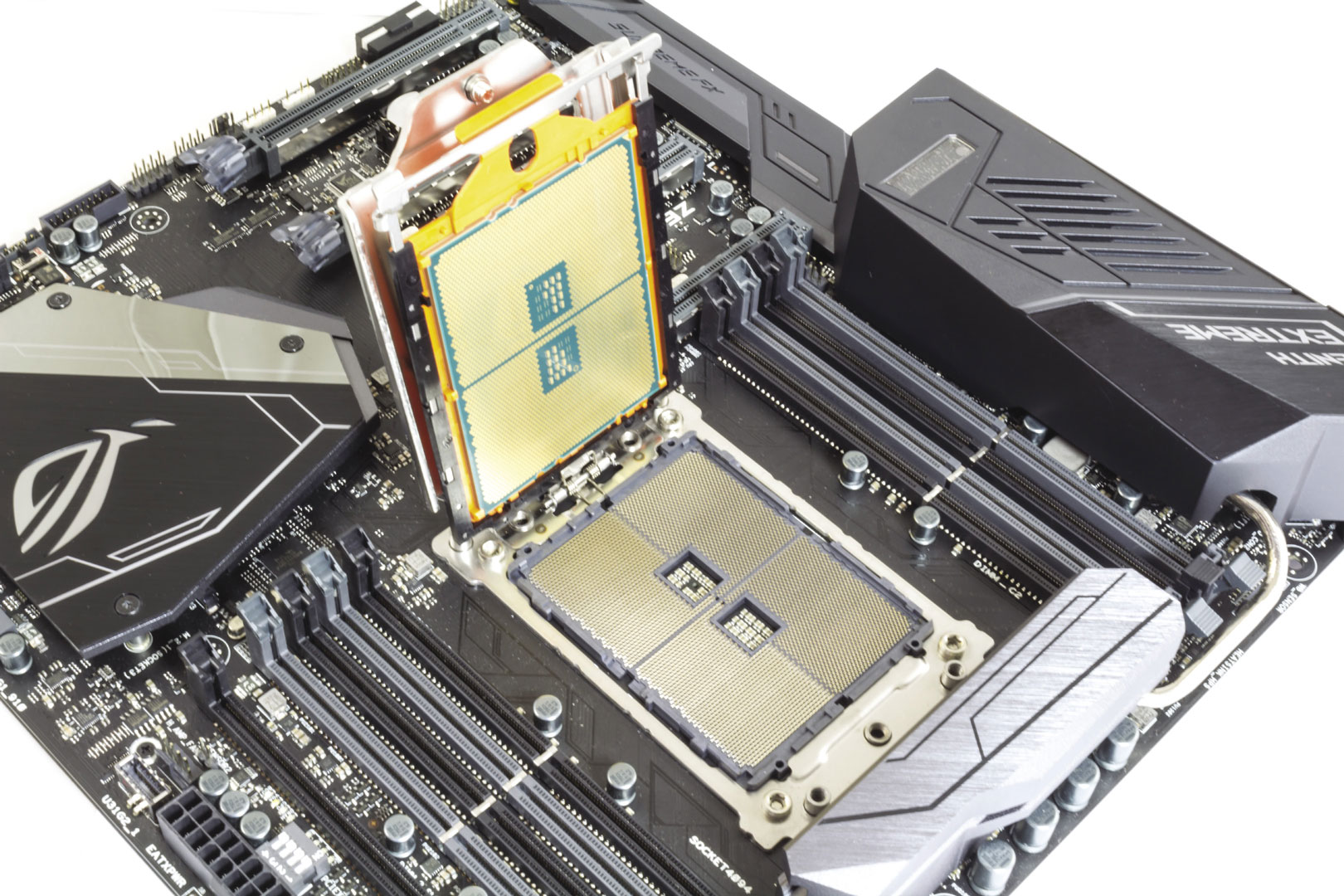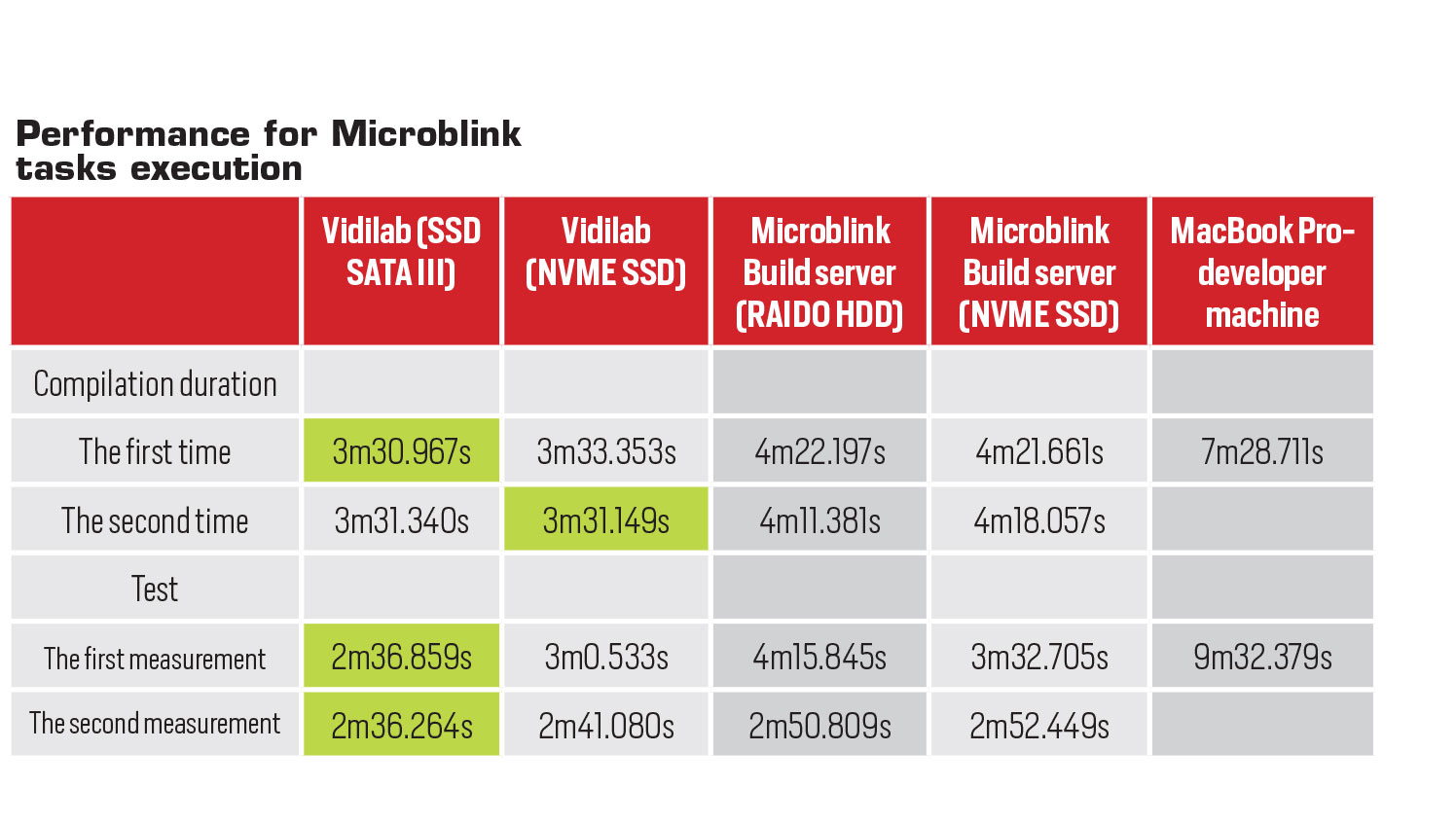According to AMD, Threadripper was the result of enthusiast engineers in their spare time. Only when they were confident in the design of their creation, they’ve shared an idea with the rest of the company. To make one processor, especially one that will satisfy enthusiasts and the most demanding users, it takes millions of dollars and man-hour investment in order to have success.
On the blueprint of the AMD’s plans for Epyc™ processors, resourceful engineers have figured out a way to use existing server technology and make an unprecedented high-end desktop chip, without excessive investment. Taking into o account that technology has been already proven, they were certain of their success. A few months later and here we are with the result in our hands. We have decided to make our own workstation with Threadripper, to test is it capable of all the things he’s been praised for.
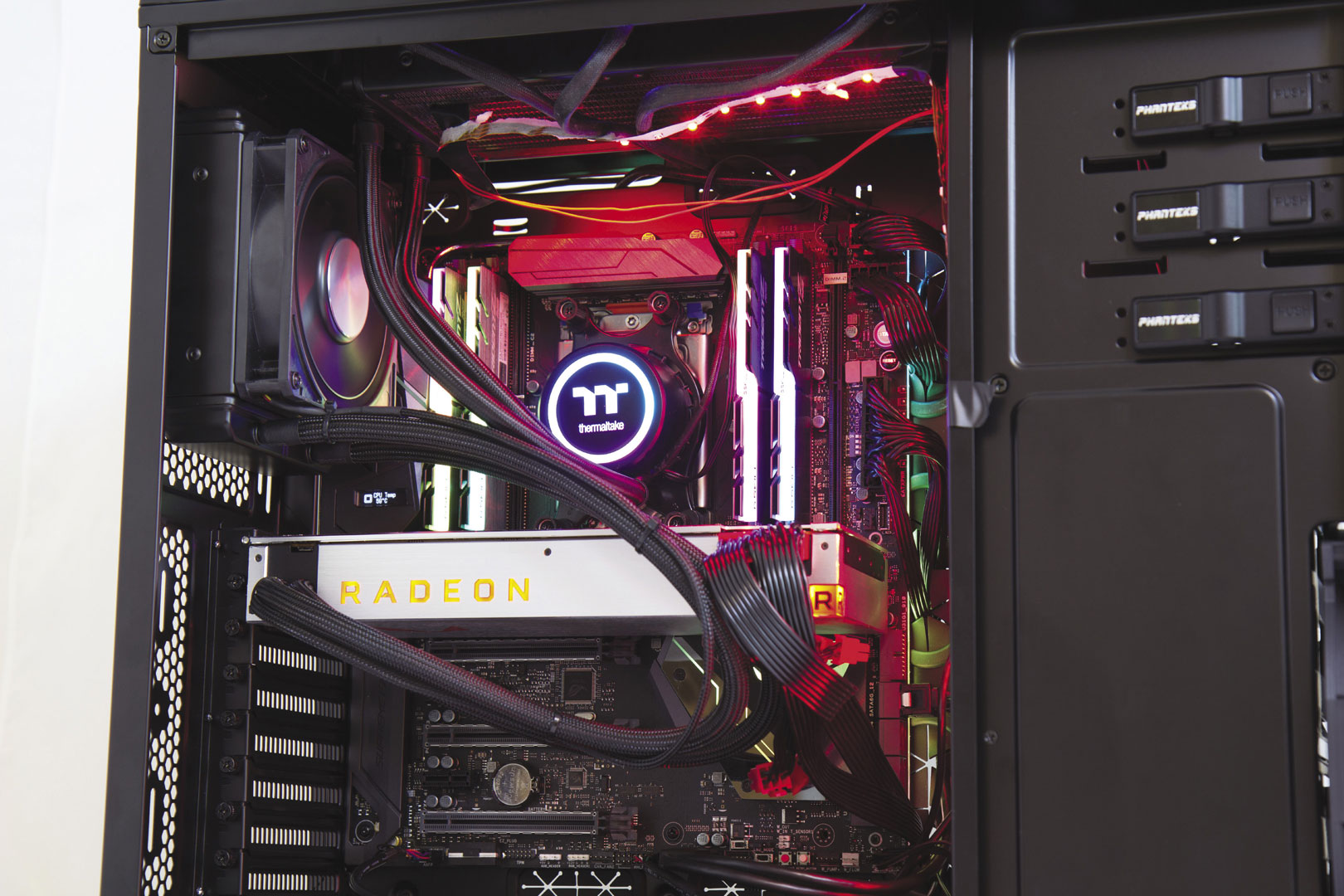
Our configuration used Threadripper 1950X, but we’ve also tested more affordable 1920X version. There’s 32GB of DDR4 memory, as well as M.2 SSD. Since we were testing AMD’s CPU, we’ve also chosen Radeon Vega 64 GPU. All of this was powered by 1000W PSU. We’ve piled up all of this into Phanteks Enthoo Luxe case that turned up to be a perfect house for our components.
Testing was done in series of real-world as well as synthetic tests. But in order not to leave it all on usual benchmarks, we’ve taken our system to Microblink, the company most known for application Photomath. They are working on many different projects all revolving around machine learning. Our workstation we’ve compered against dual-CPU Xeon system in the range of real-world demanding tests. Results will speak for themselves, but we were impressed, to say at least, with the performance of our creation and AMD’s Threadripper.
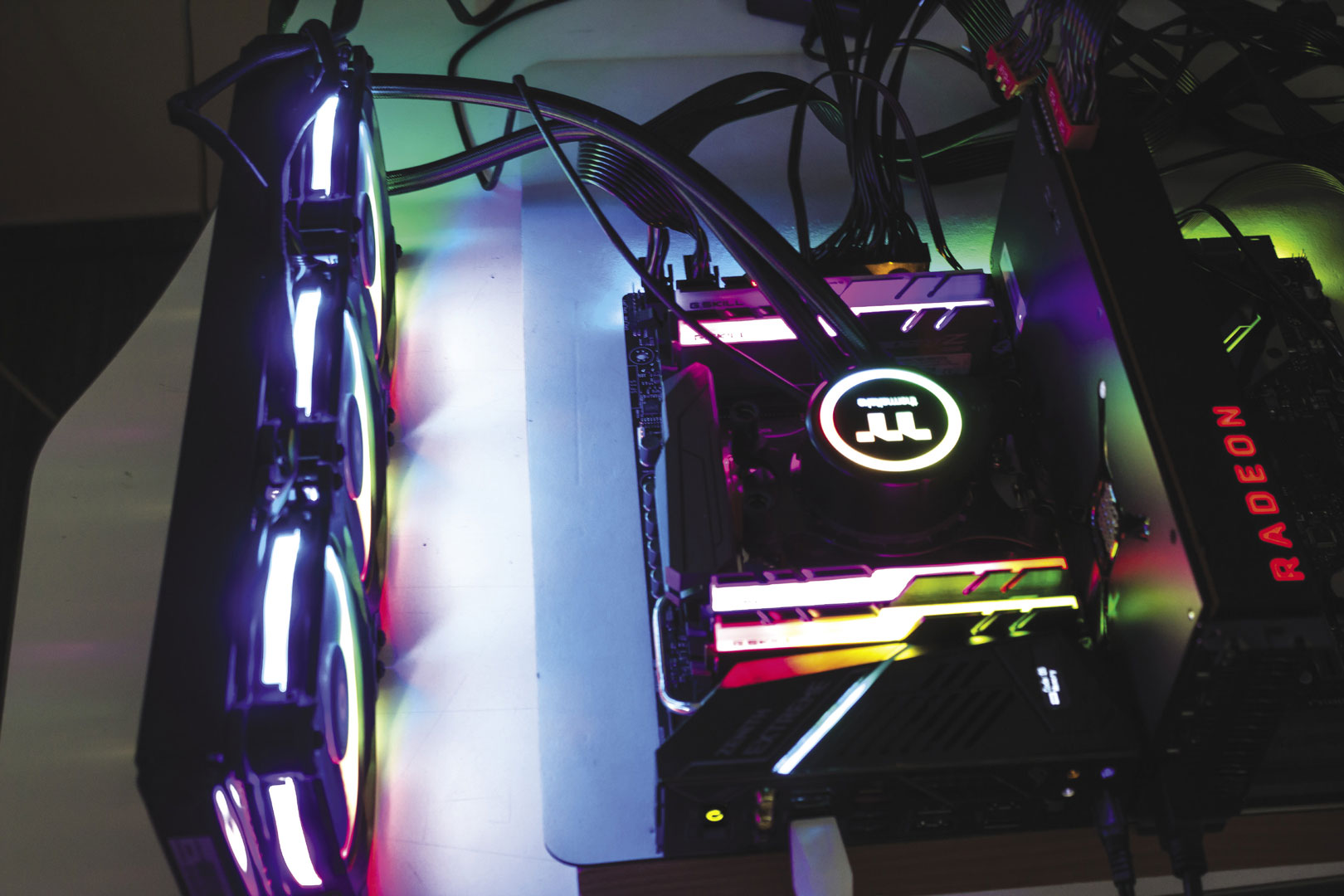
Frankenstein’s processor reborn
New features of AMD processors paved the way to stronger combinations with minimal development investments, while the results are better than with competing hardware. Threadripper is actually made of two Ryzen eight-core chips. They’re interconnected with AMD’s Infinity fabric technology into a virtually unified CPU that shatters record and enables them to sell it at a truly affordable price. We’ve received two samples – 1950X that’s flagship of the series can process 32 threads, as well as 1920X model featuring 24 thread processing. Besides new processors, there’s new platform with X399 chipset and massive LGA type TR4 socket with 4094 pins on mainboard itself.
Due to nature of interconnecting two Ryzen cores into one Threadripper processor, it is possible to offer to the end-user 64 PCI Express lanes 3rd generation, regardless of the processor model that you chose. There are eight DDR4 memory slots that natively supports ECC.
Although you might think there’s no difference between Ryzen 7 1800X and Threadripper 1900X, later is composed out of two Ryzen dies, so it offers all of the goodies like more expensive models. It’s intended for those that don’t need huge core count but do require 64 PCIe lanes for connecting add-on cards and high-speed drives. The idea is that when you need more processing power, you can simply get it by swapping for the more powerful Threadripper processor. That’s truly impressive, especially if you put it in perspective of limitations that Intel’s competing platform has. The most powerful LGA2066 processor has maximum of 44 PCI lanes, while slower models have only 28, or even just 16 PCI lanes.
Well, first of all, let’s remind about PCI Express. PCIe lanes are one of the most important factors when you buy a high-performance computer that should deliver highest levels of productivity. One graphics card will take 16 lanes, USB 3.1 additional two, each M.2 SSD will take four PCIe lanes. Every add-on card will need all available PCIe lanes for communication with the processor. Of course, that doesn’t mean that PC with only 16 PCIe lanes won’t be useful for anything but graphics card, but as we’ve said, if you expect maximum performance out of your system, this is one of the first bottlenecks that will transpire. Here comes Threadripper with its offering that crushes present monopoly on the HEDT market.
The only thing that remains for AMD is to the speed-up performance of applications that are running on one core because that’s the only field that still belongs to competition. In case that you want to use this processor for gaming, there’s gaming option, that turns off one Ryzen die for higher performances and faster RAM communication. But in reality, the performance difference is difficult to notice.
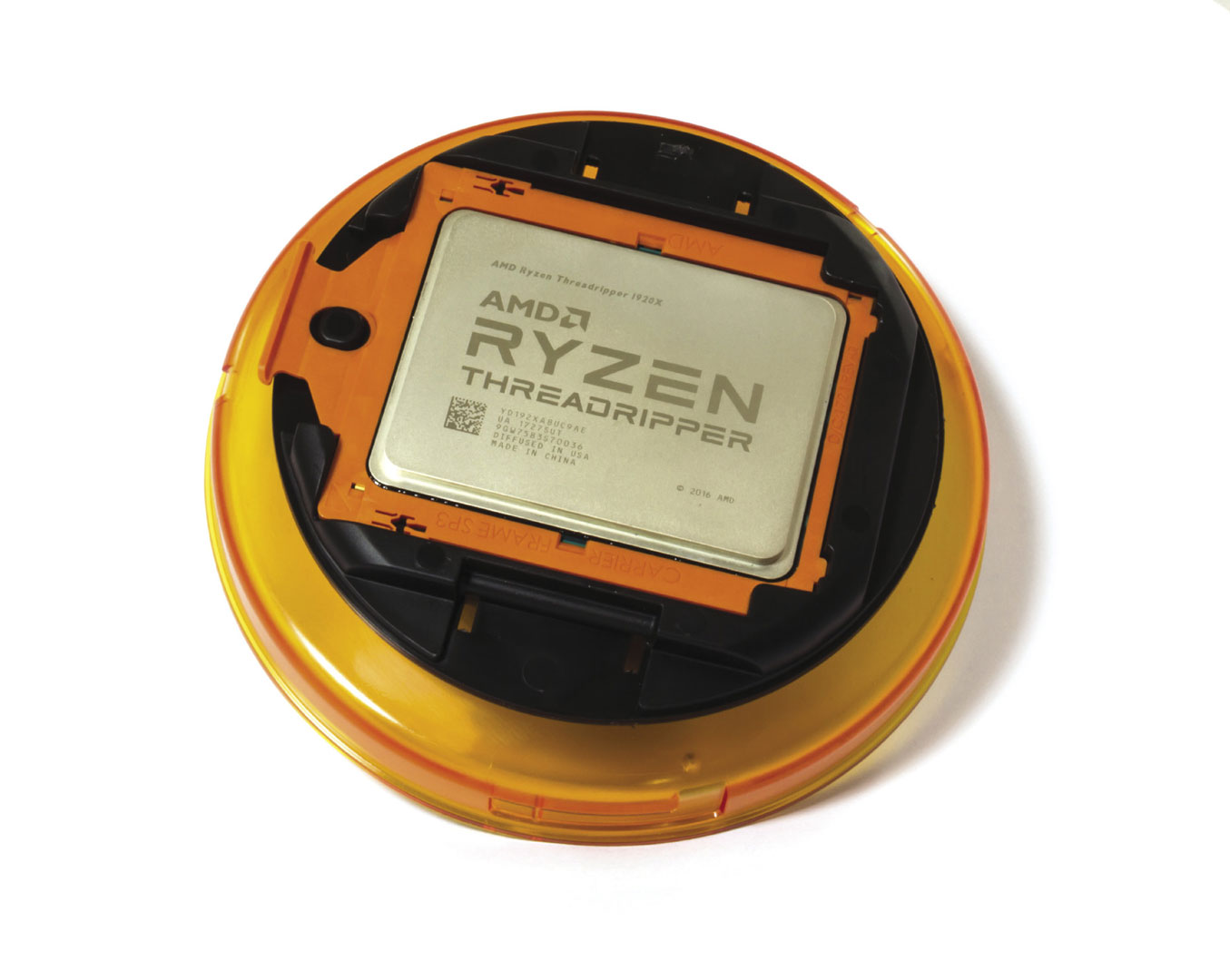
Is this the processor we’ve hoped all to be? The answer to that question depends on the workload you intend to run on it. AMD points out that processor shines in multitasking scenarios. That’s when its parallelism comes to spotlight. With the arrival more and more faster M.2 SSDs that are using PCIe lines for communication, 64 lines will be very useful.
Threadripper’s main competitor is Intel’s i9-7900X that supports 20 simultaneous threads. In some test, Intel has the lead, despite lower thread count. You should notice that not all apps can scale up to 32 threads, and take that into account before purchasing.
In the time of our testing, Intel Core i9 was not available on our market, but we’ve done something even better. We’ve taken our ultimate configuration and bring it to real-world testing in developer company – Microblink. That’s where we’ve compared our Threadripper PC with their build servers.

Vidilab workstation in the hands of professional
We were fortunate not to hand take our workstation to sixteen floors where Microblink offices are situated. Instead, smart elevator helped us. While we were going up, so did our excitement. Our intention was to check out what Threadripper can do in real life scenario with workloads that put food on the table for developers who use it. OK, not only food to the table, but also worldwide fame that Microblink’s Photomath app has broth to its developers. Our hosts were founder Damir Sabola and Nenad Miksha – ArchLinux kung-fu master.
We’ve compared our AMD workstation with Microblink’s build server that has two Intel Xeon E5-2650 v2 (16 cores and 32 threads in total) combined with two mechanical hard drives in RAID0 and NVMe SSD, just like our Threadripper.
What did we do?
On the latest distribution of ArchLinux Microblink’s source code for BlinkBarcode, BlinkID, BlinkInput and PhotoPav was compiled. According to Nenad Miksha, 1700 C++ source libraries were compiled with the help of GCC 7.2.0 and Ninja build a framework with the help of CMake system build generator. After source was compiled, we’ve run all unit and integration tests that Microblink runs before each release of its apps. In this case, we’re talking about more than 3000 tests that work by loading video sequence and do recognition algorithms characteristic for Microblink’s SDK.
Part of the test with compiling is very processor intensive, for both CPU and I/O subsystem, with CPU being much more stressed. As you can see from results, compiling times on Threadripper system are same between two runs, meaning our I/O subsystem is much faster. Results obtained on Microblink build server were with same source code taken from RAID0 of Seagate Constellation 1TB 7200rpm drives and Samsung 950 Pro 512GB NVMe SSD.
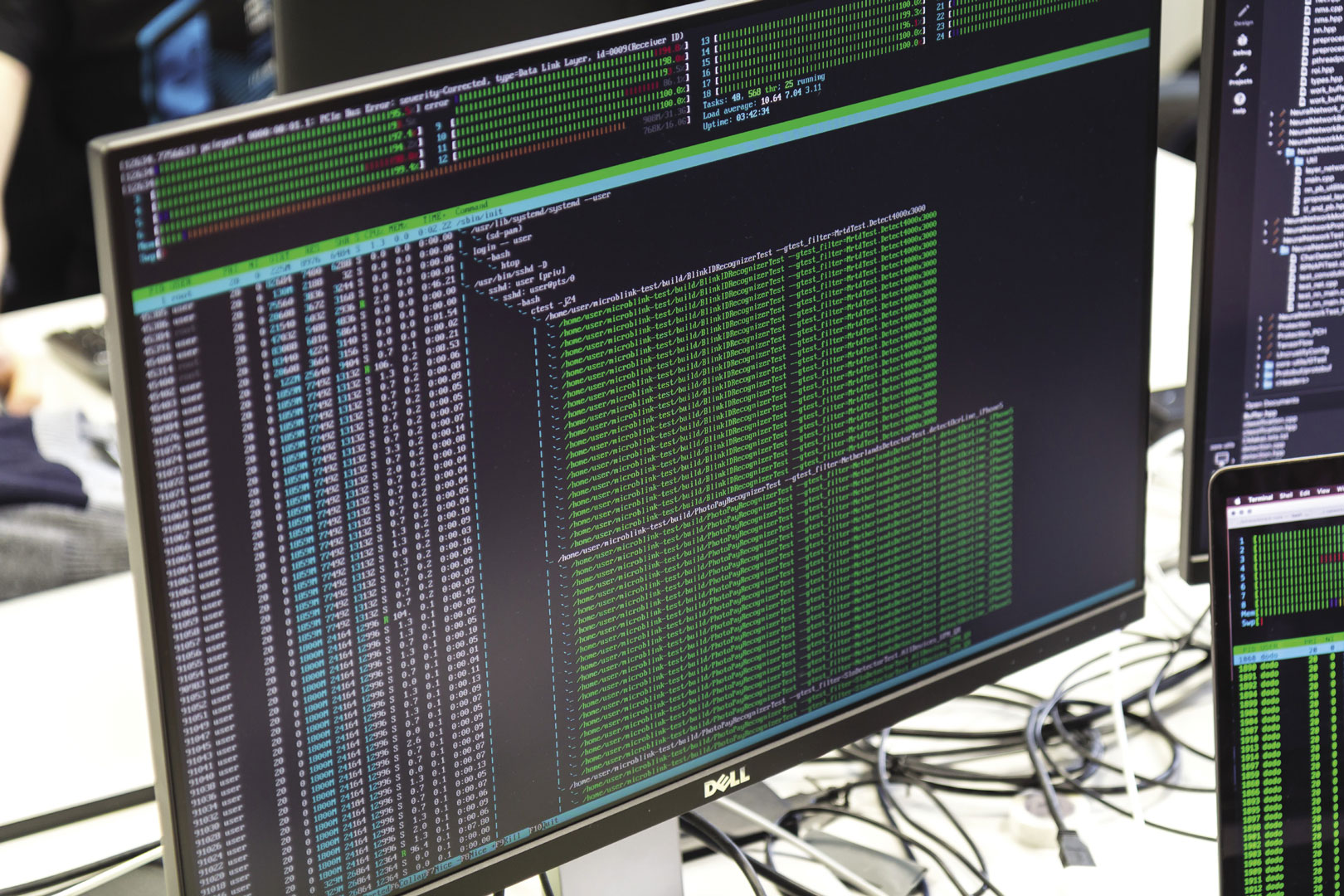
According to Miksha, unlike synthetic benchmarks that are usually used, testing with the help of compiling of source code in real-world workloads gives a much more realistic picture of performance and interaction between the processor and I/O subsystem. Considering that our test writeback their results on to the disk (although writing is much less used than reading), the second run is much more consistent thanks to driving’s caching algorithm.
After in-depth testing, results show that one Threadripper is faster than two Xeons combined! Most of Microblink’s developers their job is doing on MacBook Pro notebooks, so out of curiosity, we’ve run tests on that platform, albeit, there’s no GCC on OSX. Instead there’s Clang that’s little bit faster, so the direct comparison isn’t straightforward, but still are interesting..
You can also check our magazine article:

















